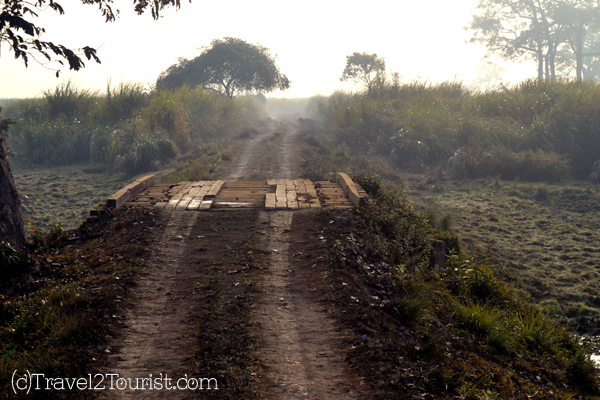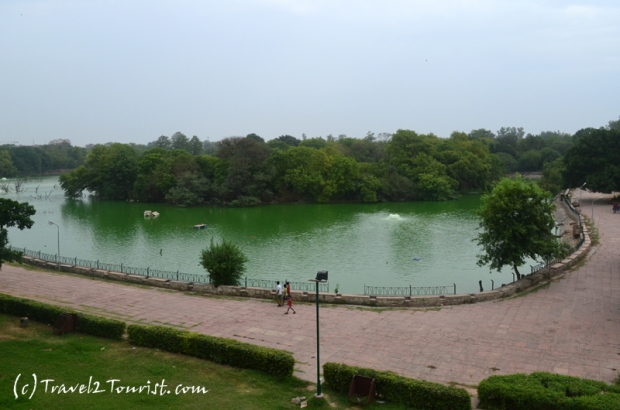Age old baolis
Visiting back in time, several magnificent age old Step well (baolis) are still visible in Delhi. The history of Delhi, its rise & fall, victories and defeat would remain incomplete without the presence of these baolis.

Rajon Ki Baoli
Agrasen ki Baoli
Located midst of busy marketplace of Connaught place surrounded by office towers and shopping malls, the Agrasen ki Baoli, named after Raja Agrasen of the Mahabharata, is believed to have been built during the 10th century BC. But historians feel that the Baoli was built in the 14th century AD by the Agarwal community. The well was surrounded by cool corridors where the locals lounged on hot summer afternoons
Agrasen ki Baoli: Located off Hailey Road. Nearest metro station: Barakhamba Road.
Hazrat Nizamuddin ki Baoli
Dedicated to the legendary Sufi saint who made generous use of this water tank, it lay in ruins and was all but forgotten till the year 2009. The Delhi administration in consultation with the Dargah officials undertook a massive cleanup exercise and repaired the crumbling edifices of the Baoli. This drive exposed the blocked passage and underground springs which had been choked with garbage and filth. Today this is one of the few remaining baolis which despite its 800+ years of history has an active underground spring. You can find it next to the Hazrat Nizamuddin Dargah.
Hazrat Nizamuddin ki Baoli : Nizamuddin West, New Delhi-13
Rajon Ki Baoli
The Rajon ki Baoli, deriving its name from the word masons is a 3 story step well, that has made its own niche among various monuments, as a relic of the last pre-Mughal dynasty, the Lodhis.. It is believed to have been built by Daulat Khan during the time of Sikander Lodhi. The first impression you get of this baoli is of a medieval courtyard surrounded by many-pillared verandahs, arches done in a stylized fashion.
Rajon Ki Baoli : Mehruli Archelogial Park, Mehrauli, New Delhi-30 , Nearest Metro Station : Qutub Minar
Gandhak ki Baoli
Currently used by neighborhood, the Gandhak ki Baoli was built by Iltutmish for Bakhtiar Kaki (a Sufi mystic responsible for establishing the Sufi order in Delhi). The Gandhak ki Baoli got its name from the smelly sulphur springs that fed the well. It is located at one edge of the vast Mehrauli Archaeological Park and remains a trailer to the ruins of a settlement that had developed in the 16th & 17th Century.
Gandhak ki Baoli : Mehrauli, New Delhi-30 , Nearest Metro Station : Qutub Minar
Anangtal Baoli
Located in Mehrauli, on record it is the oldest existing baoli in Delhi, dating back to the 10th century. It was built by the Rajput King Anang Pal II of the Tomar Dynasty. Legend has it that the king commissioned the construction of many such baolis, big and small, all over his kingdom, at the behest of his favourite courtesan whose family of meagre means died of thirst and impoverishment.
Anangtal Baoli : Near Jogmaya Temple, Mehrauli, New Delhi-30, Nearest Metro Station : Qutub Minar
Tughlaqabad Fort Baolis
Out of the 13 Baolis which were constructed in the 14th century on the order of Ghazi Malik, only 2 survive in the fort. The remaining baolis have died in the human made smoke, some ruins still lie in the background of the rural villages but it is strictly prohibited for the locals. In the current scenario, the existing two baolis are situated on either side of the fort – at the east or west side.
Tughlaqabad Fort Baolis : Tughlaqabad Fort, New Delhi-19, , Nearest Metro Station :Tughlaqabad
Lal Qila Baoli
This opulent baoli dating back to the Mughal period witnessed a lot of havoc until it was restored by the ASI. It is quite a unique structure made of Delhi Quartzite with perpendicular staircases from two sides, lined with chambers at the intersection of which lies a pit, attached to the well. The water was fresh and clean and there were fish inside it.
Lal Qila Baoli : Red Fort Complex, Netaji Subhash Road, Chandni Chowk, New Delhi-06, Nearest Metro Station : Chandni Chowk
















